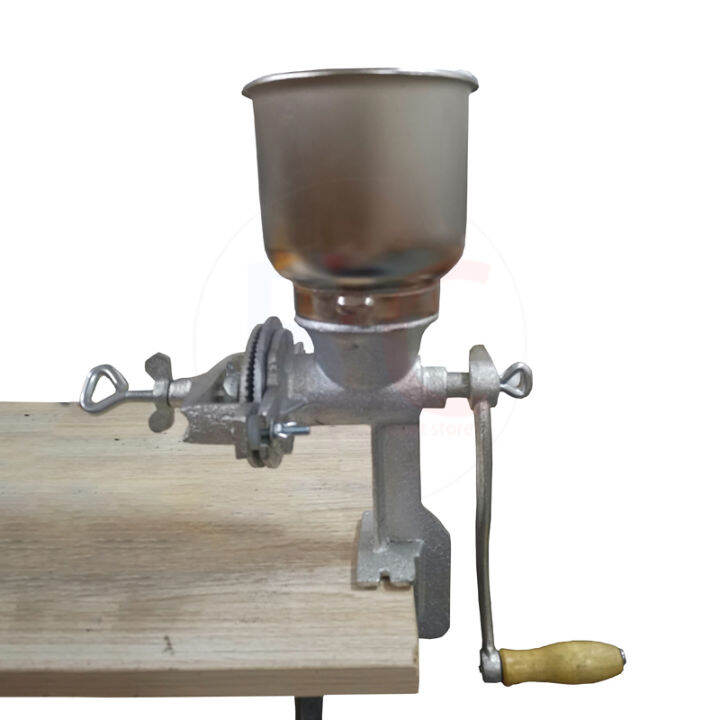Loading...

Sub-Category: Household Items
Date Produce: 0000-00-00
Estimated Age: 61 years old
Owner Name: Erlinda B. Sibaton
Dimensions of Object:
Physical Status: MISSING PART (wood handle)
Acquisition: Mrs. Erlinda bought the object to Mrs. Cosette Soledad in 1980 but the object was already in his care during 1960.
Stories:
SIGNIFICANCE INFORMATION
Historical: For almost decades, farming in Tanay has been the main source of food for the indigenous and localities of Tanay, Rizal. The main crops of Tanay are rice, corn, cassava, mangoes, and bananas, but in times of shortage, IPs and local communities of Laiban use corn as a substitute for rice. They use the corn grindstone as a tool for milling the corn.
Aesthetic: It is aesthetically significant because the object is well-designed and invests in the appearance of the hand stone when it is in a circular motion, and in the ability of the quern- stones to change seeds into flour, to be used in daily living.
Spiritual: This manual corn grinder is made up of two round stones with a wooden handle on the side of the upper stone. It can grind any cereal using the force of the grinding stone and may be used to conduct research on how the grinding stone can mill cereals.
Social: Since there are only a few corn grinders in the Laiban community, people must ask the grinders owner to obtain permission to use the grinder for their crops. They do, however, employ the grinder as a tool or medium for events such as gathering when harvesting is approaching.
Provenance: Mrs. Erlinda Sibaton bought the gilingan ng mais from Mrs. Cossette Solidad in 1980 for only 80 pesos, but the grinder of corn has been with her since 1960.
Representative: It is a good example of its type because it was made of stone that represents the other rotating tools that can be used to grind cereals.
Rarity: It is rare because there are few of these kinds of grindstones, and this type of miller was the prototype of a quern stone that was used in ancient times. The rarity that this is the oldest kind of gilingan ng mais in the community still needs further validation or research.
Interpretive: The gilingan ng mais has the capacity to interpret how the Filipino workers are hardworking and innovative.
Threat: Breakage: The gilingan ng mais can break, especially if it is not stored properly. Neglect: Due to new technology, they rarely use the gilingan ng mais.
Conserve Measures: They keep the gilingan ng mais in the proper position so that it does not break, and they replace the handle because it is entirely made of wood.